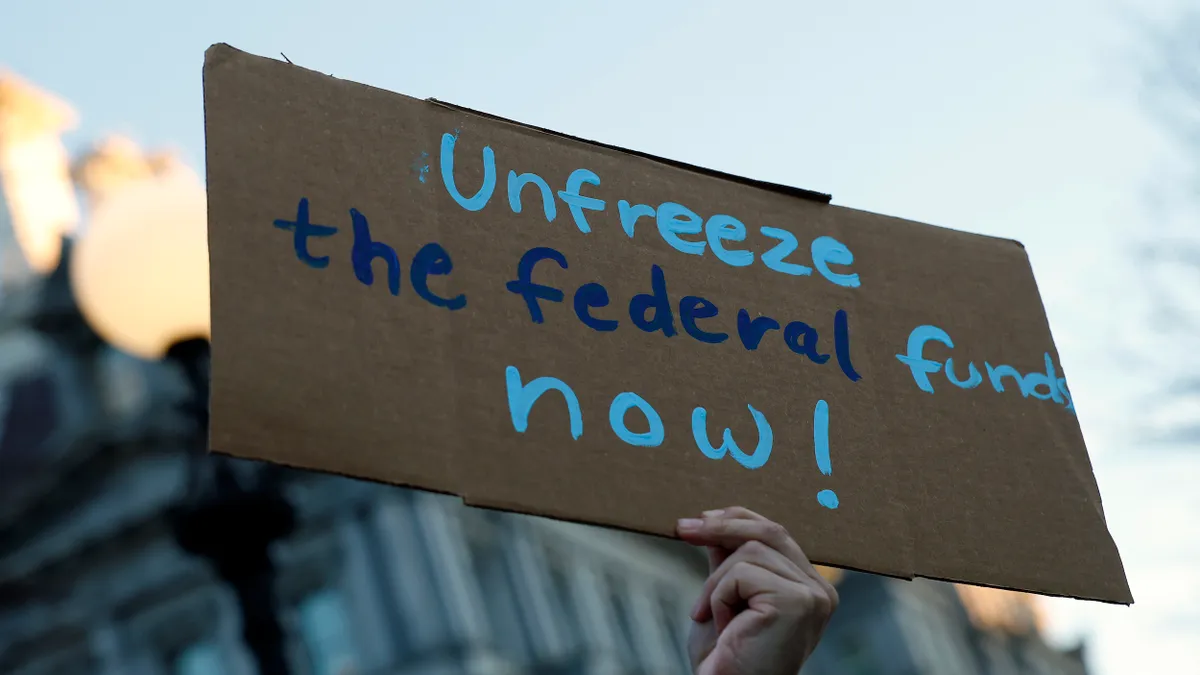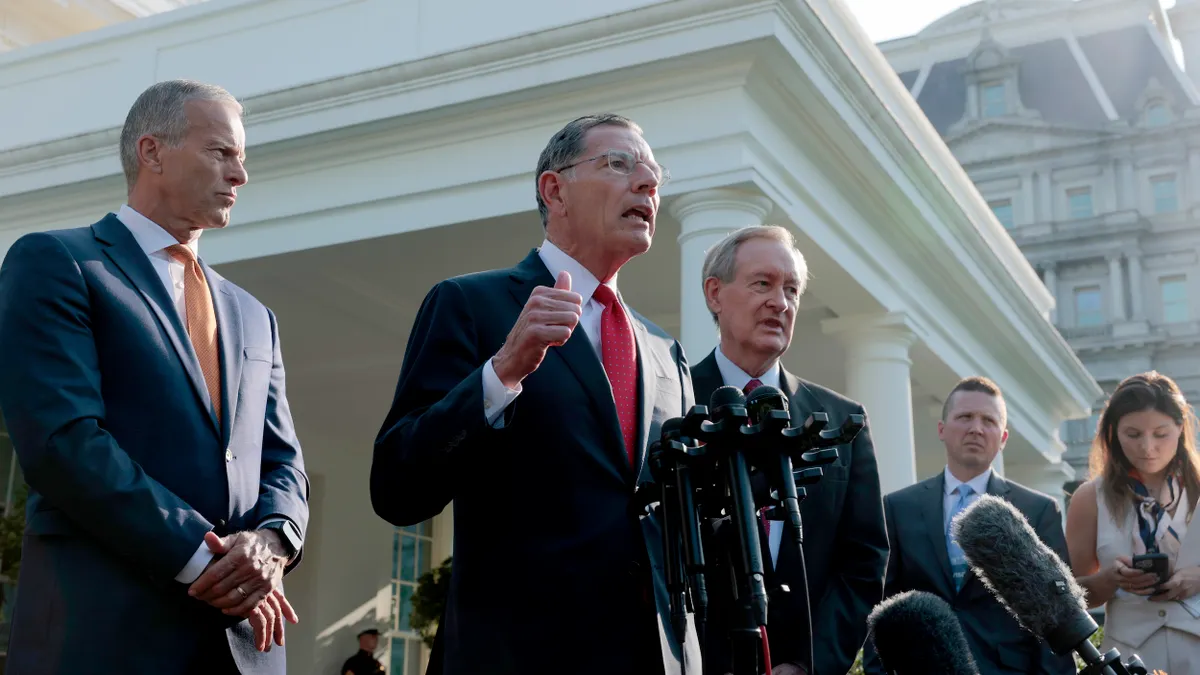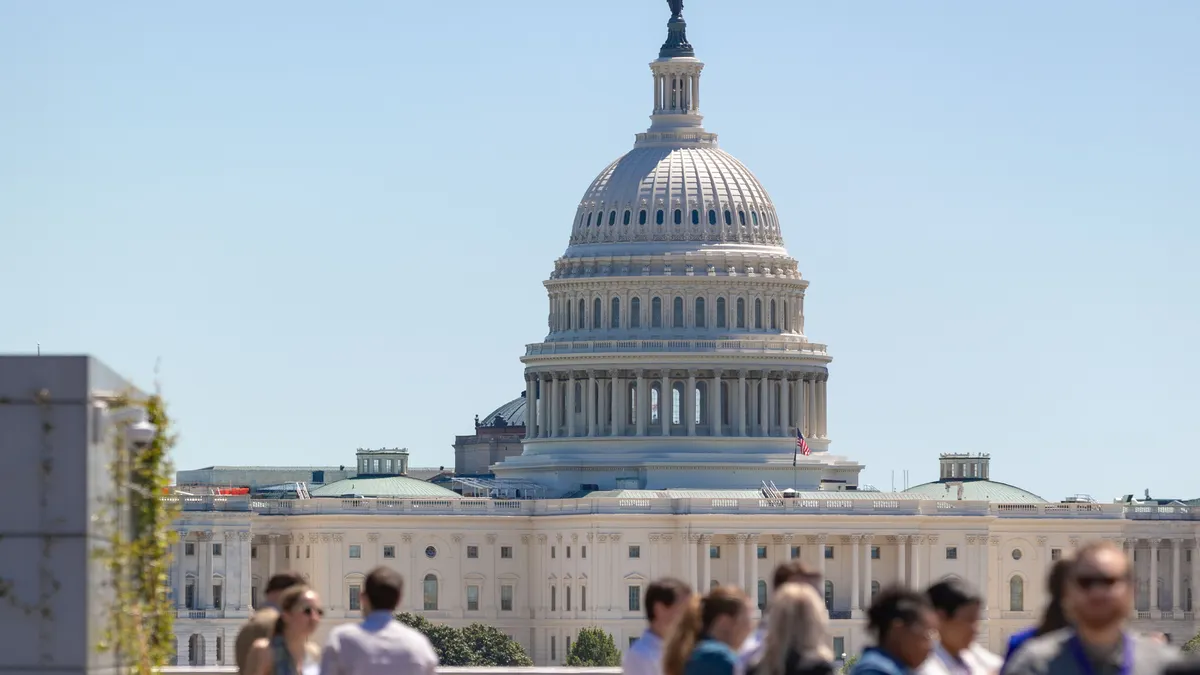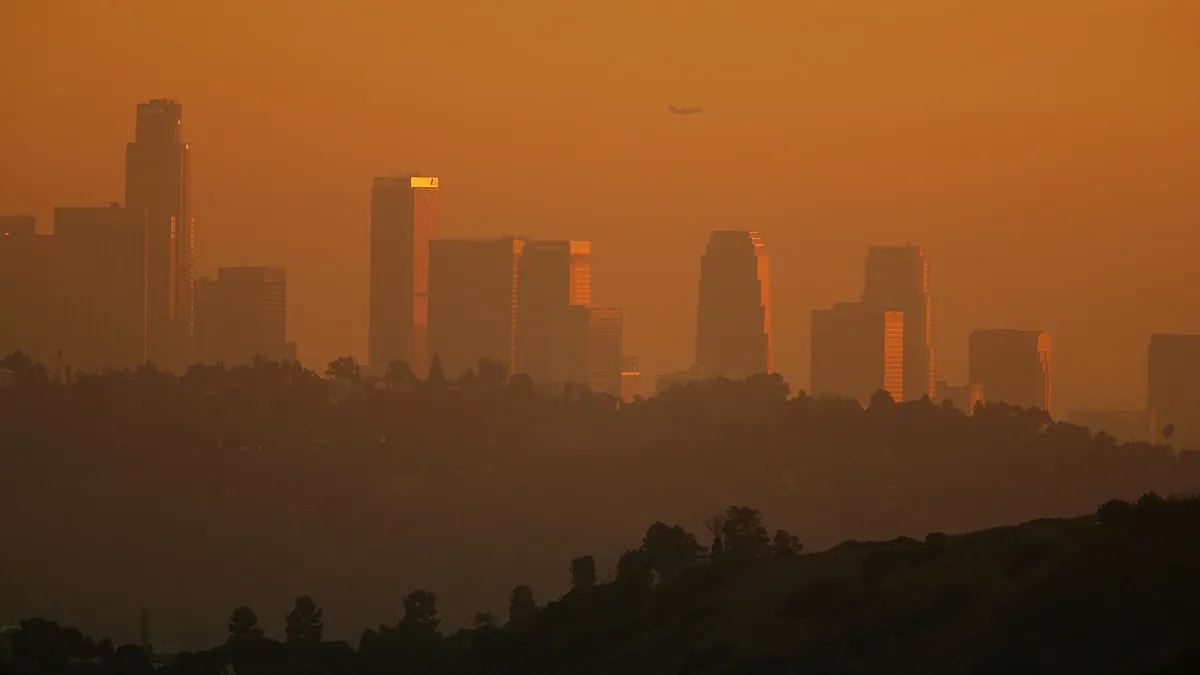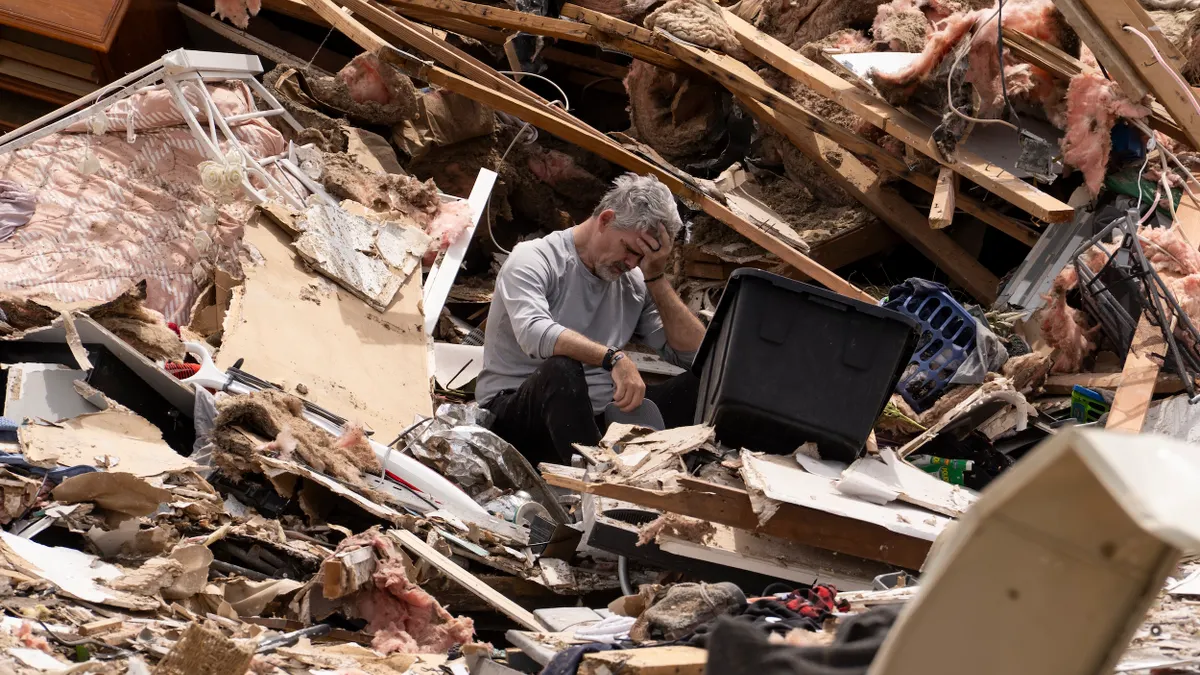Editor's Note: The following is a guest post from Bill Prindle, vice president of sustainable energy and climate at ICF.
Achieving meaningful progress toward decarbonization goals is a tall order in the best of times. But in the wake of a recession caused by a global pandemic, the hurdles are higher than ever for governments, energy providers and other stakeholders.
This moment does, however, offer both governments and energy companies an opportunity to rethink their strategies and build new partnerships. Successful collaborations in cities like New York and Denver demonstrate how public and private entities can come together to build cleaner, stronger communities through more resilient and sustainable energy systems.
Obtaining mutually-beneficial goals
COVID-19 has impacted decarbonization in several ways, notably in funding capacity. U.S. energy company revenues have taken a hit, as have state revenues, which fell about 10% from March to June and are projected to fall about 20% in the coming year. Longer-term environmental goals have taken a backseat to the more pressing political priorities of public health and economic recovery. As a result, clean energy projects and processes have slowed down overall.
Nonetheless, state and local governments, utilities and major employers across the country have sustained and made new commitments to combat climate change, setting both voluntary and mandatory targets for reducing greenhouse gas emissions. While their perspectives, priorities, and concerns vary, they also have many areas of common interest.
New York City, for example, continued its collaboration with utilities Con Edison and National Grid on a deep decarbonization study, despite sitting squarely in the epicenter of the pandemic. They’re finding that online collaboration platforms and tools, which worked well before the pandemic, are even more effective now. In this challenging time, the advantages of collaboration remain strong as public and private entities pursue mutual goals of reducing GHG emissions, accelerating clean energy action, and building stronger and more resilient economies.
These benefits are as clear as ever:
- Saving time and money: A collaborative effort can arrive at a faster consensus, and at a lower cost, than drawn-out regulatory or litigation processes.
- Creating win-win scenarios: In the quasi-judicial processes that would otherwise govern these decisions, someone tends to lose. Collaboration can achieve wins for all sides.
- Improving political sustainability: If all major parties support the outcome, it is more likely to survive any current officeholders’ positions. This stabilizes the business climate for energy companies while gaining public support for key provisions.
Each stakeholder is uniquely positioned to bring value to the others. For example, utilities understand the regulatory process, detailed energy data, and the system operations realities. In the New York City example, Con Ed and National Grid brought new data and technical expertise to the table.
Meanwhile, cities bring political leadership and can support consensus policy and program solutions — though they have limited regulatory and funding powers. In Denver, the city's push to sign a memorandum of understanding with Xcel Energy paved the way for additional collaboration.
Further, governors and state legislatures can provide legal and funding authorization in addition to political leadership. In Virginia, for instance, the Clean Economy Act reshaped the legal and funding climate for the Commonwealth’s energy companies, Dominion Energy and Appalachian Power.
Meeting crisis with opportunity — and applying urgency
Now is the time to prioritize collaboration efforts. With nearly all meetings turning virtual, setting up initial consultations can be more flexible, allowing more people to participate.
The pandemic has subtly leveled the playing field for human organizations. While divisiveness continues in some arenas, there is a new overriding ethic of, "We're in this together." The pandemic's disruptive impacts — including the likelihood that some parts of the economy and social patterns will permanently change — can also serve as doorways to rethinking old paradigms. This "great pause" has suspended normal routines, giving all parties more time to ponder their goals, assumptions and strategies. Further, it has left many buildings vacant that would otherwise be occupied, such as schools and offices.
Factors like these make now an especially opportune time to explore ways to further electrification efforts in those spheres. In order to make tangible strides forward under today’s unique circumstances, public and private entities can move forward by taking three basic steps.
- They must agree on high-level energy and emissions goals for renewable energy supply, emission reductions, energy efficiency savings, using tangible metrics.
- They must conduct roadmapping and pathways modeling projects to identify, quantify and prioritize the best consensus strategies for achieving those goals.
- They need to develop consensus agreements and memorandums of understanding, signed by the public and private stakeholders, and take them to lawmakers and regulators to demonstrate consensus support.
Stabilizing our climate through decarbonization is a defining challenge of our time. The current health and climate crises hold opportunities for state and local governments and energy companies to find new common ground.
Making progress on this challenge is still within our grasp, but the critical first step is to recognize the benefits of collaboration, and then to reach across the aisle. By leveraging each others' strengths, public and private entities can discover and activate new ways to remake their communities into safer, cleaner, more resilient and more prosperous places to work and live.





